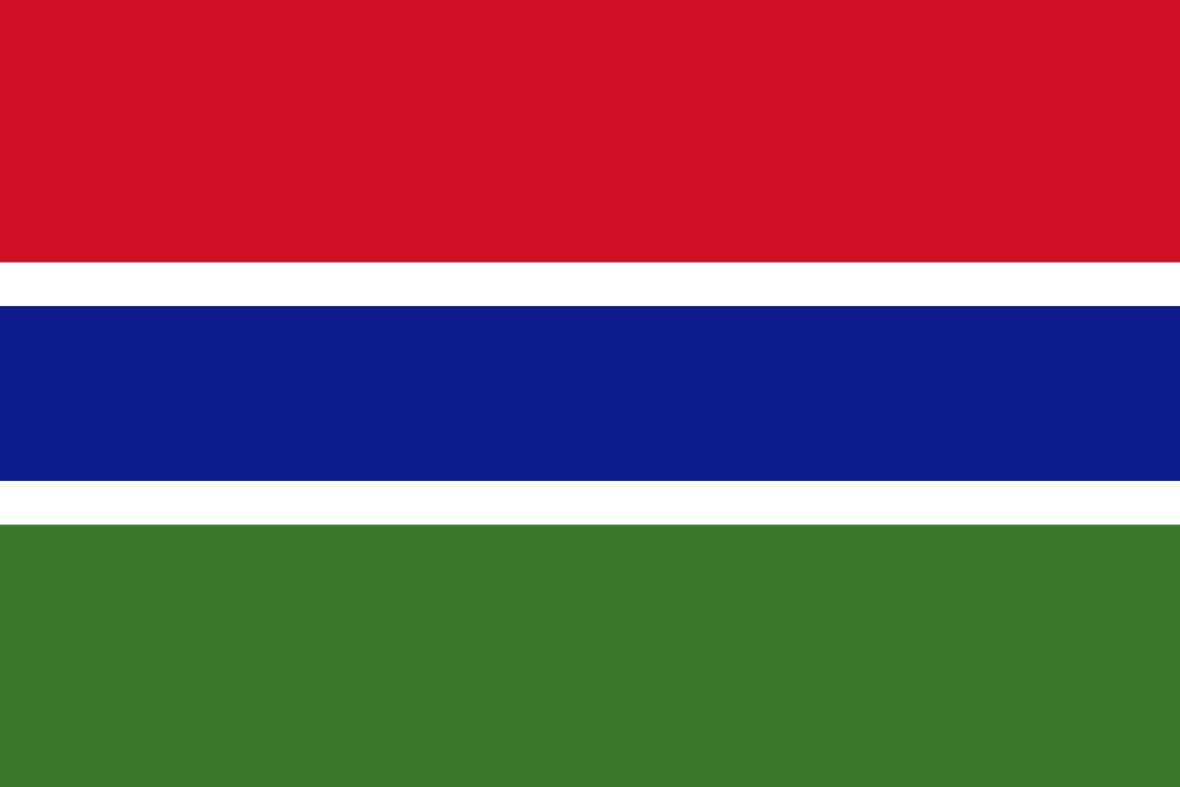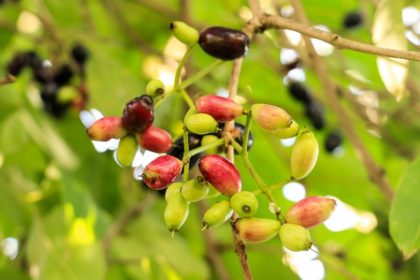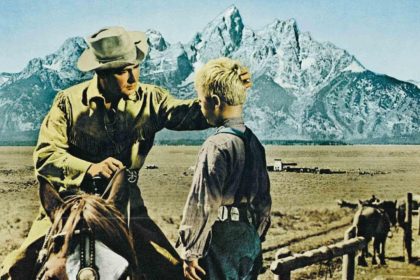Gambia is a small West African country, bounded by Senegal, with a narrow Atlantic coastline. It’s known for its diverse ecosystems around the central Gambia River. The abundant wildlife in its Kiang West National Park and Bao Bolong Wetland Reserve include monkeys, leopards, hippos, hyenas and rare birds. Take a look below for 30 more interesting and fascinating facts about Gambia.
1. Banjul, officially known as the City of Banjul and formerly known as Bathurst, is the capital of Gambia. The city is on St. Mary’s Island, also known as Banjul Island, where the Gambia River enters the Atlantic Ocean.
2. Gambia is a small and narrow country, with the border based on the Gambia River. The country is less than 48 kilometers, or 30 miles, wide at its greatest width.
3. The grassy flood plain of the Gambia River contains Guinean mangroves near the coast and becomes West Sudanian savanna upriver inland.
4. The Gambia River itself is one of Africa’s major rivers. It stretches 1,120 kilometers, or 700 miles, from northwestern Guinea all the way to the Atlantic Ocean at the city of Banjul.
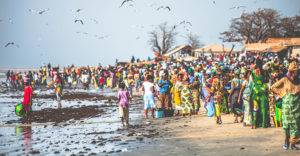
5. About 1,300 square kilometers, or 500 square miles, or 11.5% of the Gambia’s area is covered by water.
6. The highest point of the country is Red Rock, which is only 53 meters, or 174 feet, above sea level.
7. The network of protected areas in Gambia is about 4% of the national territory. It’s made up of 3 national parks, nature reserves, bird reserves and other types of protected areas.
8. Abuko Nature Reserve is located south of the town of Abuko. It’s a popular tourist attraction and was the country’s first designated wildlife reserve. The area was first protected in 1916 when the Lamin Stream, which flows through the reserve, was fenced to form a water collection point.
9. The Kachikally crocodile pool is located in the heart of Bakau, which is about 16 kilometers, or 10 miles, from the capital Banjul. It’s one of the three sacred crocodile pools used as sites for fertility rituals.
10. Kachikally is a privately owned shrine that belongs to the Bojang family of Bakau, which is one of the founding families and major land owners of the city.
11. The Stone Circles of Senegambia are north of Janjanbureh and in central Senegal. The site consists of four large groups of stone circles that represent a concentration of over 1,000 monuments in a band 100 kilometers, or 62 miles, wide along some 350 kilometers, or 220 miles, of the River Gambia.
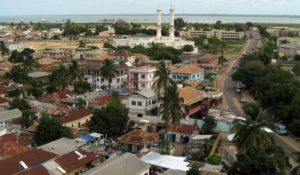
12. The first written records of the region come from Arab traders in the 9th and 10th centuries.
13. The name “Gambia” comes from the Mandinka term “Kambra”, meaning Gambia River.
14. During the 10th century, Muslim merchants and scholars established communities in several West African commercial centers. Both groups established trans-Saharan trade routes, leading to a large export trade of local people as slaves.
15. In 1588, the claimant to the Portuguese throne, Antonio, Prior of Crato, sold exclusive trade rights on the Gambia River to English merchants. Letters patent from Queen Elizabeth I confirmed the grant.
16. In 1618, King James I of England granted a charter to an English company for trade with the Gambia and the Gold Coast, which is now Ghana.
17. Between 1651 and 1661, some parts of Gambia were under the rule of the Duchy of Courland and Semigallia, and were bought by Prince Jacob Kettler.
18. In 1765, Gambia was made part of the British Empire, when the government formally assumed control, establishing the Province of Senegambia.
19. Gambia achieved independence on February 18, 1965, as a constitutional monarchy within the Commonwealth, with Elizabeth II as Queen of The Gambia, represented by the Governor-General.
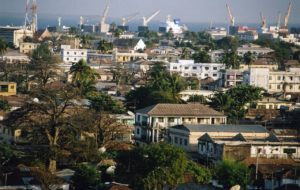
20. On April 24, 1970, Gambia became a republic within the Commonwealth, following a second referendum. Prime Minister Sir Dawda Kairaba Jawara assumed the office of President, an executive post, combining the offices of head of state and head of government.
21. Gambia is divided into eight local government areas, including the national capital, Banjul, which is classified as a city. The Divisions of the Gambia were created by the Independent Electoral Commission in accordance to Article 192 of the National Constitution.
22. It has a liberal, market based economy characterized by traditional subsistence agriculture, a historic reliance on peanuts for export earnings, a re-export trade built up around its ocean port, low import duties, minimal administrative procedures, a fluctuating exchange rate with no exchange controls and a significant tourism industry.
23. Agriculture accounts for about 30% of the GDP and employs about 70% of the labor force.
24. Previously, the United Kingdom and other European Union countries constituted the major Gambian domestic export markets. However, in recent years, Senegal, the United States and Japan have become significant trade partners of Gambia.
25. In May, 2009, 12 commercial banks existed within the country, including one Islamic bank. The oldest of these, the Standard Chartered Bank, can be traced back to 1894.
26. The Mandinka ethnicity is the largest in Gambia, followed by the Fula, Wolof, Jola, Karoninka, Serahule, Serers, Manjago, Bambara, Aku Marabou and others.
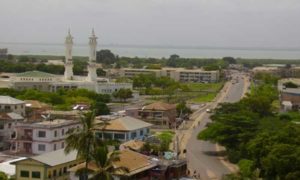
27. The Krio people, who are locally known as Akus, constitute one of the smallest ethnic minorities in the country. They are descendants of the Sierra Leone Creole people and have been traditionally concentrated in the capital.
28. English is the official language of Gambia. Other languages are Mandinka, Wolof, Fula, Serer, Krio and Jola.
29. The music of Gambia is closely linked with that of its neighbor, Senegal, which surrounds its inland frontiers completely. It fuses popular Western music and dance, with sabar, the traditional drumming and dance music of the Wolof and Serer people.
30. As in neighboring Senegal, the national and most popular sport in Gambia is wrestling.

